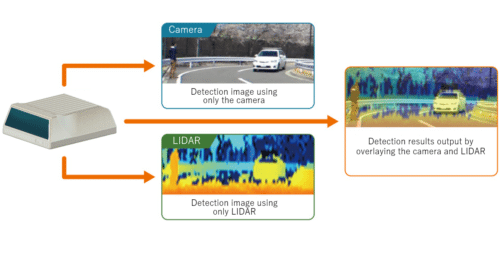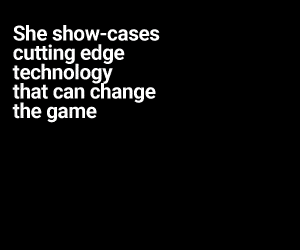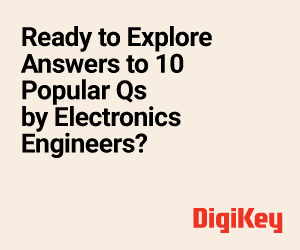Imagine a sensor that eliminates parallax, merges camera and LIDAR data in real-time, and detects objects over long distances. Curious? Keep reading.

Kyocera Corporation has launched its Camera-LIDAR Fusion Sensor, the world’s first LIDAR, that aligns the camera’s and LIDAR’s optical axes into a single sensor. This innovation enables real-time, parallax-free data acquisition, a previously impossible feat. Additionally, it boasts the world’s highest laser irradiation density for a LIDAR sensor, allowing for long-distance, high-precision object detection.
LIDAR technology is crucial for the advancement of autonomous driving. It provides immediate, accurate 3D data over long ranges, allowing it to detect obstacles in complex or high-speed environments. By measuring the time and angle of reflected light from a laser beam, LIDAR identifies the distance and size of objects in a broad area. Traditionally, LIDAR is paired with cameras to improve object recognition, but the parallax between the separate units often causes delays during calibration. Kyocera’s new Camera-LIDAR Fusion Sensor combines both technologies into one unit, eliminating parallax and enabling efficient, real-time data integration.
The sensor’s high resolution is supported by the world’s highest laser irradiation density, enabling LIDAR to detect small obstacles at long distances. Kyocera’s sensor boasts an irradiation density of 0.045 degrees, leveraging the company’s proprietary laser scan unit technology from MFPs and printers. This allows it to detect a 30cm falling object from a distance of 100m.
The sensor also features high durability with a proprietary MEMS mirror developed using Kyocera’s advanced manufacturing and ceramic package technologies. Unlike typical MEMS mirrors with lower resolution and motors that wear out quickly, Kyocera’s integrated sensor offers higher resolution and greater durability. This innovation supports high-precision sensing across various industries, including autonomous vehicles, marine/ships, and heavy machinery.
The company plans to introduce this innovative integrated sensor for automotive applications and other fields, such as construction machinery, ships, robots, and security systems for object and people recognition. Kyocera is working towards the early commercialization of this device.
For more information, click here.







